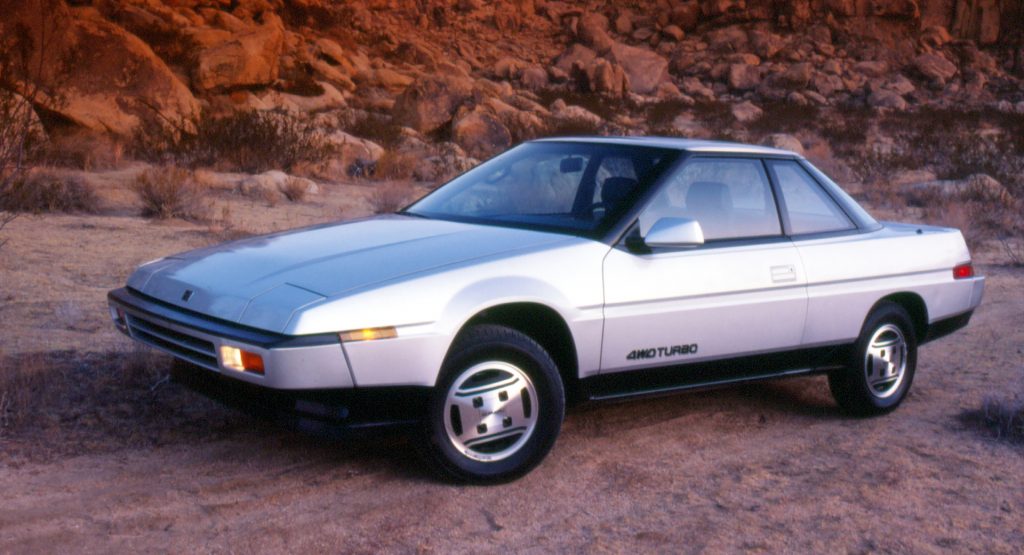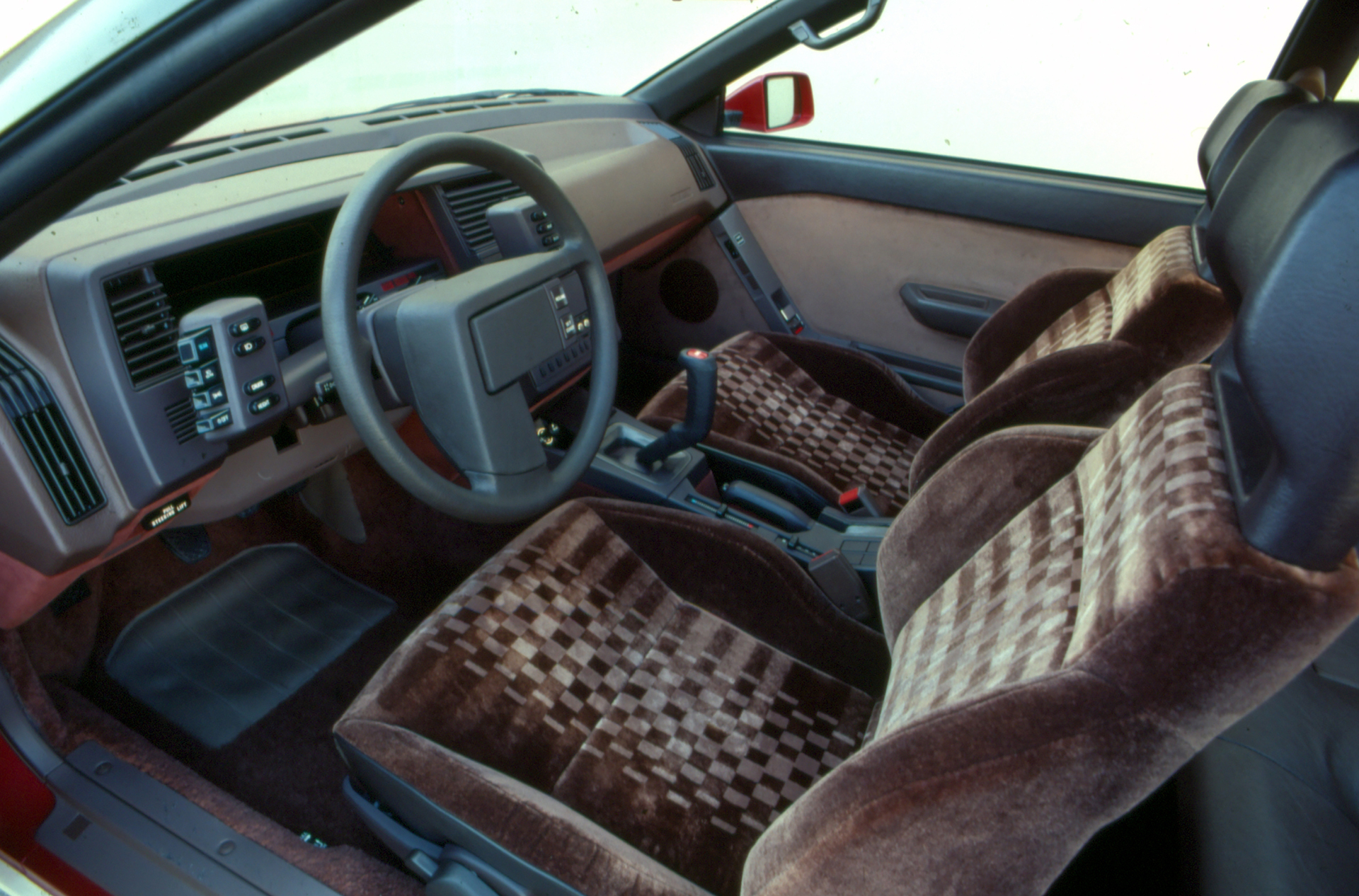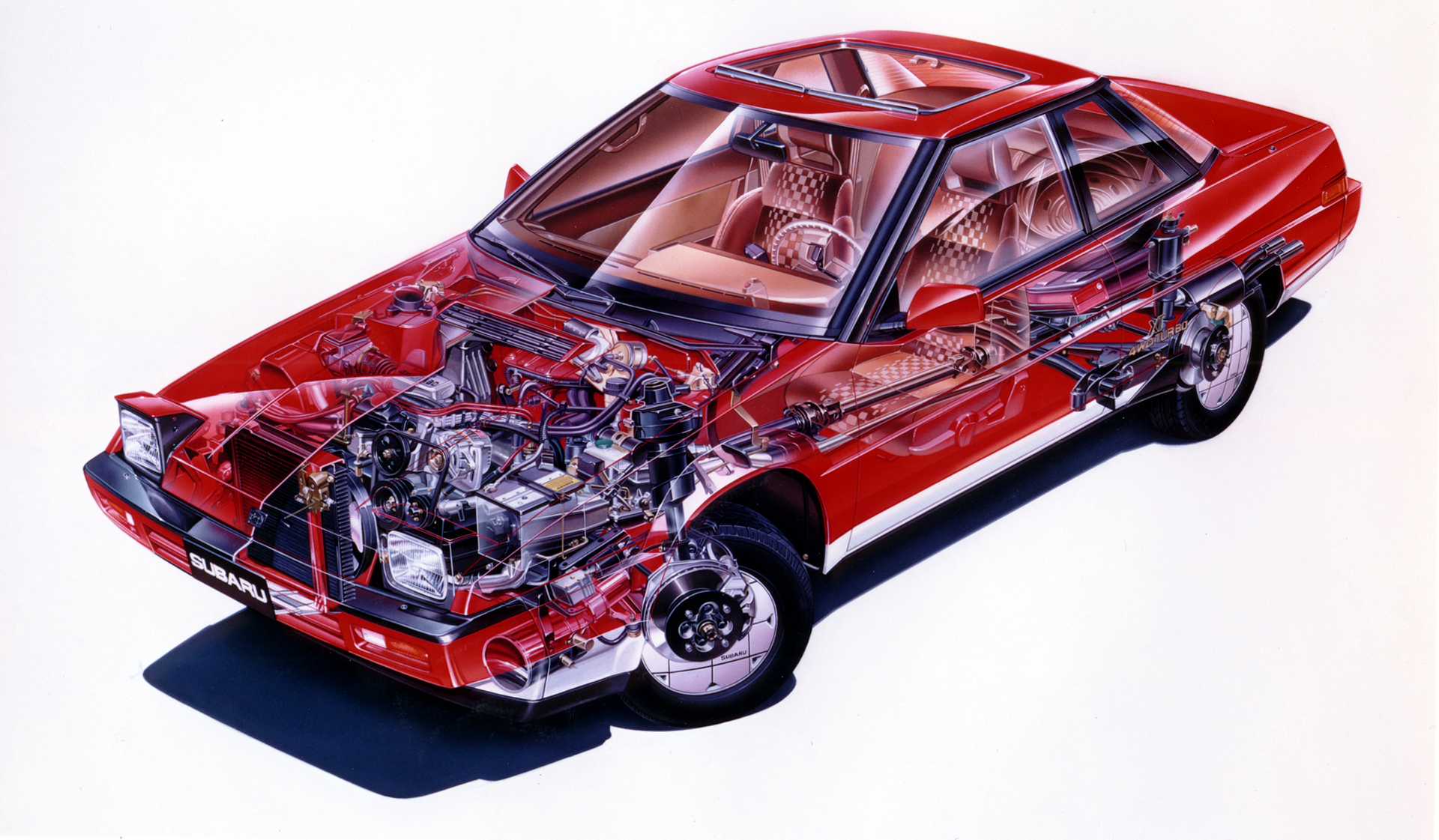When you think of a modern Japanese sports car, there are probably a few tenets in your mind that stick out, such as a turbocharged four-cylinder, manual transmission, unique styling cues, and maybe even four-wheel drive. If you’re Subaru, that almost perfectly describes its XT coupe of the 1980s.
Jason Cammissa takes us through Subaru’s weird past in a video for Hagerty and explains how the XT was weird, but also at the same time, prescient.
The vehicle was built to compete against the likes of Honda with its Prelude, and Toyota’s Celica. But it sort of didn’t. With strange styling and a higher-than-average price, it was a hard sell.
While many cars are built with aerodynamics in mind, they are usually economy models, not svelte sports coupes. The design was the responsibility of Kyuchi Akari who lived with an aerodynamic engineer when he was studying car design.
The XT, therefore, has all sorts of tricks to make the air move around it as smoothly as possible, such as flush door handles, retractable wipers, headlight covers, and pop-up headlights. The rear window was also perfectly styled to reduce aerodynamic drag.
Read More: Modern Day 2023 Subaru Alcyone / XT Envisioned As A BRZ-Based Coupe
Overall, the sports coupe managed to have a drag coefficient of just 0.31 for the all-wheel drive model, and 0.29 for the front-wheel drive one. For reference, a Bugatti Veyron has a minimum drag coefficient of 0.36.
Powering the XT is a 1.8-liter flat-four that initially produced 71 horsepower, but over the various iterations and added turbocharging, would eventually make 111 horsepower in its ultimate form. A few years later, a six-cylinder engine was added to the lineup to create the XT-6.
Whether Subaru knew it or not, this is what the future looked like. The coupe featured additional tech that would be right at home on a car made in 2022, including hill hold, a digital dash, and a height-adjustable suspension in the 4WD model.
Unfortunately, not even the unique four-wheel drive drivetrain could entice buyers away from the competition, and Subaru discontinued the model, only to return to sports cars later on with the WRX.
Finally, Jason takes the car for a drive on some twisty mountain roads. The steering shudders whenever any angle of lock is achieved, and the engine wheezes like a vacuum cleaner. And yet, despite all that as well as its sales failure, the XT managed – even by accident – to foresee, in some degree, the future of automobiles.





